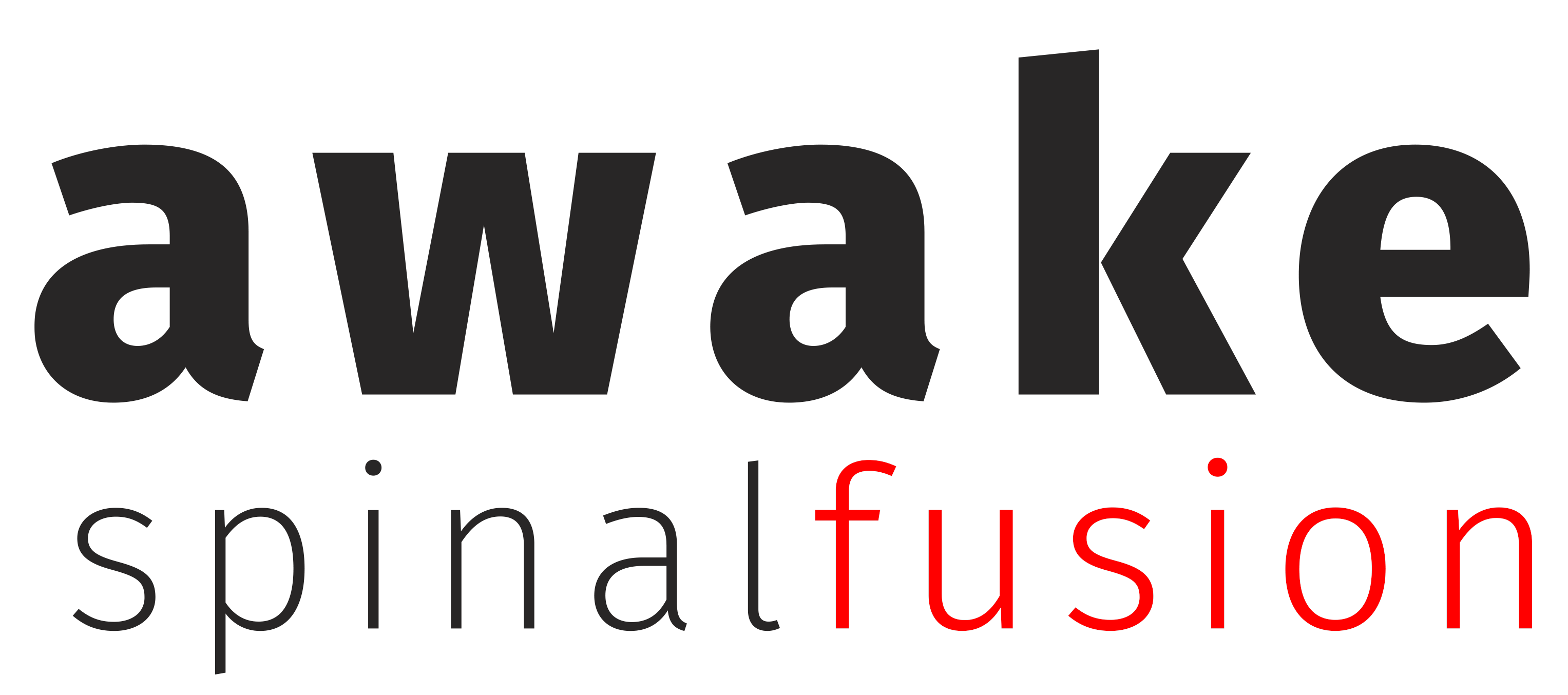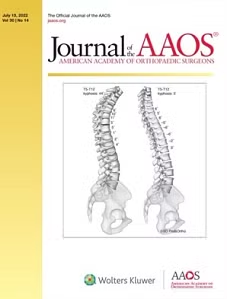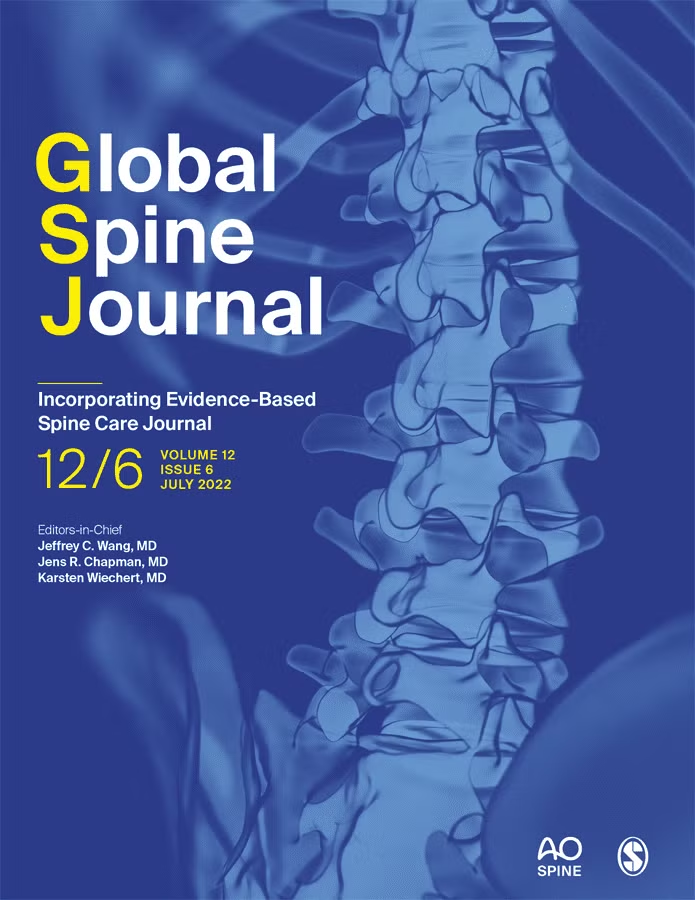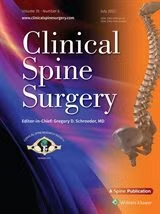
You’ve got a back spasm. It’s either light, in the middle, or pretty bad. What’s that telling you about your body and your habits? And more importantly, how might it relate to awake spinal fusion surgery?
There are varying degrees of muscle spasms in your back, from mild discomfort and stiffness to sharp and severe pain, as well as muscle tightening that prevents you from moving. Whether it’s telling you to avoid a specific activity or it’s a more serious issue in your spine, your back is shouting-out a root problem that goes beyond the pain and discomfort.
It’s common for back spasms to go away on their own. You might see them again, or you might not. It depends on what’s causing it. Arthritis, for example, typically gets worse with time. It’s possible for someone’s symptoms to improve if the individual is willing to try different medications. But it’s painful and frustrating to have lower back spasms that never go away.
People may stop exercising or become less active, which exacerbates the problem. Exercise and home treatments are the best ways to deal with back spasms. But you should see a doctor if the pain doesn’t go away. Some activity is better than none, according to the U.S. Centers for Disease Control and Prevention (CDC).
There’s no need to do 150 minutes of physical activity all at once. You could do 30 minutes a day for five days a week. Breaking up your exercise activity during the week into smaller chunks is usually one of the best remedies.
Let’s look at some of the causes, as well as therapy choices, treatment options, and awake spinal fusion surgery.
Muscle Spasm Dynamics and Awake Spinal Fusion
Getting an accurate diagnosis of your back muscle spasm is the first step. The most common causes of these types of spasms are the following…
First, it’s a way for the muscles to protect themselves. Soft tissue injuries of muscles, tendons, or ligaments can cause a back spasm. Muscle spasms usually stop after a week or two from this kind of soft tissue injury.
Next, anatomical problems can cause muscles to spasm. You may have an underlying anatomical problem in your spine if your back spasms don’t get better after a week or two. Disc degeneration, spinal stenosis, herniated discs, and facet joint osteoarthritis are some underlying causes of back spasms.
Additionally, as a result of ongoing inflammation or instability in the spine, muscle spasms are more likely to keep recurring. Rather than just treating the symptoms, you should seek medical attention for the underlying cause.
Diagnosis Difficulties, Awake Spinal Fusion, and More
It can be difficult to diagnose lower back pain and spasms. In some cases, such as fibromyalgia, a diagnosis may need to rule out all other causes. Your doctor will ask about the spasms and take a full medical history. There may also be a need for a physical exam or imaging scans of the back and spine. Doctors might try to figure out if other symptoms are related to spasms.
Many people unconsciously tense-up their muscles or produce more adrenaline when they’re stressed. Inactivity can also be caused by stress and anxiety. Muscle spasms are caused by all of these things. Somatization is when people experience psychological distress as physical pain. It’s real, but it has nothing to do with physical conditions or injuries.
If much more is needed to relieve your pain, a doctor may have you consider a particular type of awake spinal fusion surgery. It’s today’s minimally invasive option for many patients since you are awake during the entire procedure.
However, back muscle spasm therapies and treatments are effective and include a variety of options.
Rest for a Little While
It can be hard to accomplish everyday tasks or move around due to painful back muscle spasms. The more you push through the pain, the more you’ll hurt yourself.
Don’t try to push through the pain. Stay home and take it easy. Don’t forget to move when you can, like taking short walks. The pain can get worse if you’re inactive for a long time. You heal faster when you walk because it’s gentle on your back and promotes blood flow. The uneven ground can, however, exacerbate an underlying cause of muscle spasms in some cases. If that happens, try to avoid what aggravates the symptoms if you can.
Treatment with Cold Sensations
An acute flare-up of back pain can also be relieved by applying ice wrapped in a protective sheath or towel, or by using a cold pack. Generally speaking, cold therapy reduces local inflammation, which helps with pain relief. You can make your own ice pack or use a commercial one. Then, give the skin a couple hours to rest after applying cold therapy for 15 or 20 minutes.
Many patients try all of these treatments before considering awake spinal fusion surgery, since many of them work as needed.
Therapy Using Heat
You can increase blood flow and soothe pain by applying a heat pack or heating pad. Heat therapy should be limited to 15 or 20 minutes at a time (just like cold therapy). After applying, let your skin recover for a few hours. Follow the directions on the heat pad if you’re using one.
Inclined Position that’s Comfortable
By lying on your back and placing a pillow under your knees while you rest, you can reduce stress specifically on your lower back. You can also sit in a reclining chair at an angle with your legs supported and knees bent.
Painkillers and Awake Spinal Fusion Research
Pain and inflammation can be reduced with nonsteroidal anti-inflammatory drugs (NSAIDs), which is oftentimes one of the best treatments to consider as you are researching awake spinal fusion surgery. The most common over-the-counter NSAID drugs are Ibuprofen, Naproxen, and Aspirin.
Also, Acetaminophen doesn’t address inflammation, but it can work for some people. Make sure you read and follow the labels on your painkillers.
Drugs that Relax Your Muscles
This is a prescription medication that doesn’t target muscles directly. Instead, it just relaxes your whole body. In general, muscle relaxants are only prescribed if the pain is severe, the muscle spasms are suspected, and other treatments (such as those described above) haven’t worked.
Since muscle relaxants have serious side effects, they’re only used for short periods of time. You might feel dizzy, sleepy, or have slower reaction times. Muscle relaxants can’t be taken while driving.
Physical therapy may be suggested after the acute pain of your back muscle spasm has gone away. Back pain flareups can be reduced or avoided with a controlled, progressive exercise program. If all options are exhausted, consider awake spinal fusion surgery.
Today’s back surgeries are very safe, and it helps to first get acquainted with your spine. That’s why Awake Spinal Fusion is here to educate you on the basics of your spine, back pain, minimally invasive spine surgery options, and so much more.






